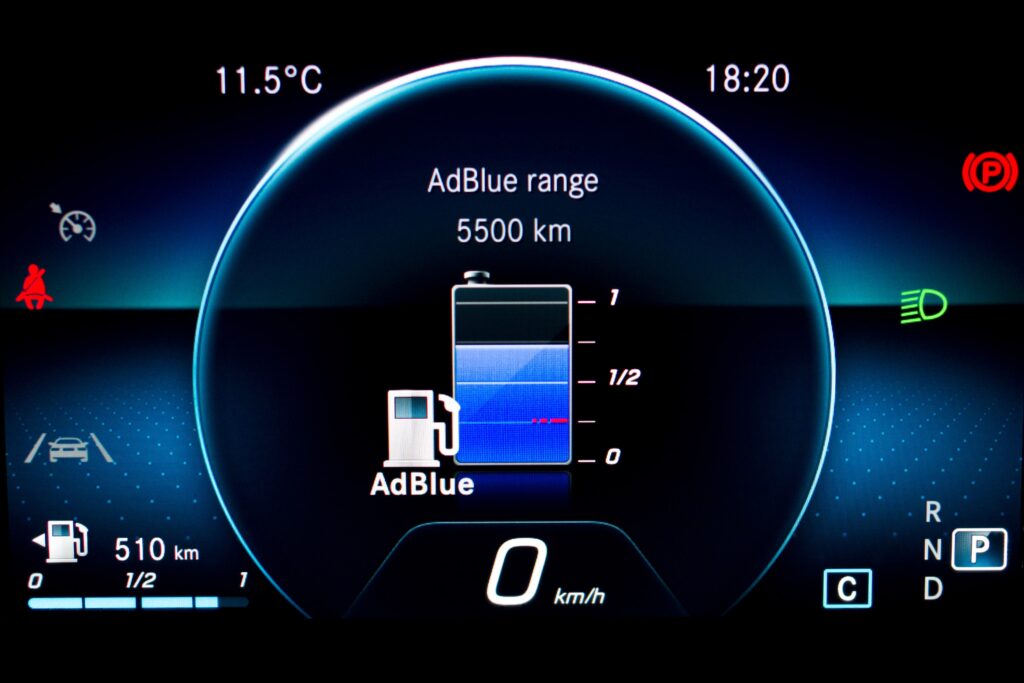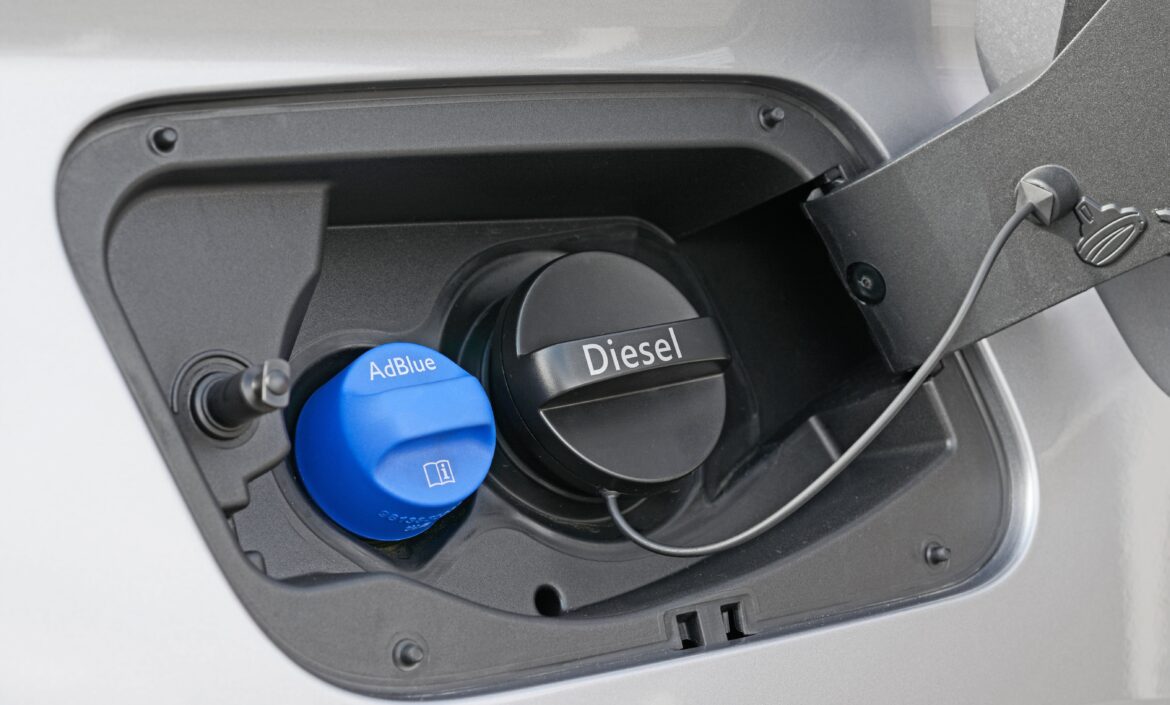AdBlue, which is also known as diesel exhaust fluid, is commonly used in modern diesel vehicles made after 2015. The purpose of AdBlue is to aid in the reduction of nitrous oxide emissions from diesel engines. The usage of the chemical in diesel vehicles meets the Euro 6 emission standards which took effect in 2016.
AdBlue is simply a mixture of urea and deionised water, this mixture is usually topped up during a standard service. However, it could be beneficial to check and if necessary, top up in between services.
Why is it important?
Ultimately the purpose of AdBlue is to minimise and reduce the amount of environmentally harmful nitrous oxide exhaust emissions. This is achieved through a process known as selective catalytic reduction (SCR). Simply put this process involves injecting precise amounts of liquid into the exhaust system to neutralise the harmful emissions through chemical reactions.
How does AdBlue affect my fleet?
Using the chemical shouldn’t have any adverse effect on your fleet activities since similar solutions have been used in buses and HGVs to reduce diesel emissions for a long time. However, it may require some training and mindfulness from your fleet drivers and managers.
Purchasing AdBlue
As mentioned earlier it may be necessary to top up from time to time. There are a few considerations needed when purchasing the chemical for your fleet.
The chemical is non-toxic so requires very little storage consideration. However, it is advisable to store AdBlue within a temperature range between 0 and 30°C and should be properly sealed when not in use.
When buying the solution, it’s valuable to check it meets the correct specification. To do this find the ISO 22241 number on the packaging. It’s important to note this may also appear as ISO-22241-1, ISO-22241-2, or ISO-22241-3. Ultimately this ensures that when you buy AdBlue it does not damage your vehicle’s SCR catalyst.

Topping up your AdBlue
Toping your vehicle up AdBlue is a simple task and there will be plenty of warning on when you should top up. Usually, a dashboard warning to alert the driver about a low level occurs around 1,500 miles from running out.
The solution can be topped up independently, most often the filler is located behind the car’s fuel filler cap. You will notice it due to the blue cap. However, in the case, of the filler not being located here a quick look at the owner’s manual should display where it can be found.
Alternative methods include filling up with an AdBlue pump which can be found at the majority of big filling stations in the HGV lanes. Generally, this is the cheapest and easiest way to fill up, but it can be less accessible.
A very important point to remember when filling up is to never add AdBlue to the fuel tank or fuel to the AdBlue tank. If this occurs do not start the engine and call the relevant emergency support number.
Running out of AdBlue
Running out of AdBlue would have a devastating impact on fleet operations. If you run out of the chemical whilst driving, the vehicle will go into ‘limp’ mode and will reduce the speed of the vehicle. Once the vehicle has stopped, most modern engines cannot be restarted. Therefore, it often pays dividends to be vigilant when it comes to AdBlue.
How we can help
AdBlue is an important part of a diesel engine and whilst it shouldn’t cause any disruption to your fleet it is important your drivers are aware of the additional considerations. If you are unsure wheatear a diesel vehicle is right for your fleet at Toomey Leasing Group we offer leasing solutions for all fuel types.
If you would like more information on the variety of fuel types and how they could be used for your fleet download our alternative fuel guide today by clicking here.
We’d be happy to help with any question you may have surrounding diesel vehicles and how they could be useful for your fleet, contact us on 01332 205828, or fill in the form below.


